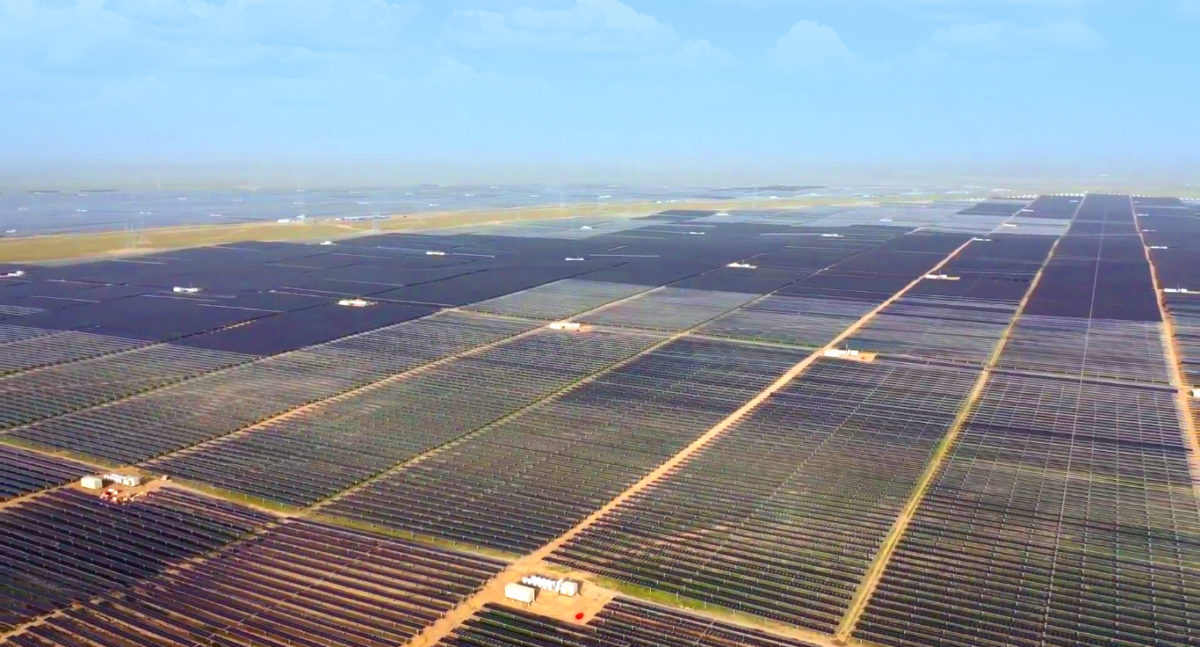The 2021 edition of DNV’s Energy Transition Outlook was published this week, examining progress toward decarbonization of the entire energy sector. The report finds that worldwide, Covid-19 recovery and other stimulus policy packages have failed to address decarbonization as well – a major missed opportunity for the energy transition.
“Covid-19 has more than demonstrated that governments can act boldly. Yet, from an energy transition perspective, the pandemic has been a lost opportunity,” said DNV president and CEO Remi Eriksen. “Recovery packages have largely focused on protecting rather than transforming existing industries.”
As in previous years, the report finds that emissions are not falling fast enough, that targets laid out in the Paris agreements will be missed, and the global average temperature will increase 2.3 degrees Celsius by the end of the century. This comes despite the expectation of a surge in both electrification and renewable energy over the coming decades.
DNV forecasts electrification of final energy demand to grow from 19% today to 38% in 2050, driven by the growth in electric vehicle demand – expected to be 50% of all passenger vehicle sales by 2032; and in heat pump use, which it expects to triple to account for 32% of heat demand while using only 9% of the energy used for heating.
Energy demand
Despite falling short on decarbonization targets, the report is positive on solar growth – noting that co-located solar plus storage is emerging as a new category of power plant – one that will account for 12% of all grid-connected electricity generation by 2050. Gas is forecast to maintain its current position, while demand for oil will fall by half and coal by two-thirds over the same period.
“Wind and solar PV will expand 15- and 20-fold respectively in our forecast period,” said Eriksen. “Twinned with the plunging costs and advancing technology of battery storage, variable renewables are already enabling a phase out of thermal power generation and the business case will become overwhelming by 2030.”
The report calls energy efficiency “our greatest untapped resource against climate change”, noting that the push for electrification and related gains in efficiency will keep overall energy demand flat after the 2030s.
Hydrogen
It is in difficult to electrify sectors such as shipping, aviation, heavy industry, and others, where DNV finds the most urgent need for action. The report expects these industries to remain heavy fossil fuel users, and to increase their share in global emissions.
Hydrogen and other synthetic fuels, seen as the most viable solution for these more difficult to abate sectors, will account for just 5% of overall energy demand by 2050. “Not everything can be electrified. That is what makes tackling the hard-to-abate sectors of high heat, aviation, shipping and trucking so very urgent. Yet our forecast shows that hydrogen enters the picture at scale only in the late 2030s. That is far too late,” Eriksen warns.
Though it may lack scale in overall energy demand, DNV does expect green hydrogen produced from renewable energy to overtake other forms by 2050, with grid connected electrolyzers meeting 18% of demand and those powered directly by renewables accounting for 43%.
This content is protected by copyright and may not be reused. If you want to cooperate with us and would like to reuse some of our content, please contact: editors@pv-magazine.com.




By submitting this form you agree to pv magazine using your data for the purposes of publishing your comment.
Your personal data will only be disclosed or otherwise transmitted to third parties for the purposes of spam filtering or if this is necessary for technical maintenance of the website. Any other transfer to third parties will not take place unless this is justified on the basis of applicable data protection regulations or if pv magazine is legally obliged to do so.
You may revoke this consent at any time with effect for the future, in which case your personal data will be deleted immediately. Otherwise, your data will be deleted if pv magazine has processed your request or the purpose of data storage is fulfilled.
Further information on data privacy can be found in our Data Protection Policy.